
Juliet Ann Martin
Location: http://www.julietmartin.com/
Currently working on: short video interpretation of Nosferatu involving nymphs -- Nympheratu
Day job: Adjunct Faculty at FIT
3 Likes: My husband, pickles, sun on a winter day
3 Dislikes: chocolate, pimples, scratchy tissues
Daily inspirations: how I feel when I wake in the morning
Artists you admire: Louise Bourgeois, Kiki Smith
Superpower you would most like to posses: to be able to breathe under water
www.julietmartin.com
- - -
This interview took place with Juliet at the end of December 2004. All images reproduced with permission © Juliet Martin. All images taken out of context of full artwork. See Juliet’s website.
- - -
Your website features very little written biographical information about you, as the creator of the pieces shown. The art instead, is left to speak for itself, and speak of you.What is your artistic background? How did you start out in digital/web art?
I could say that my first attempt at digital art was drawing on punch cards when I was 4. My parents would bring them home from work for me to play with. Between then and now, I studied painting as an undergraduate. My mother showed me a Peter Rabbit CD ROM after I graduated from college and I was hooked. I went to the School of Visual Arts and received my MFA in Computer Art.
How did you become introduced to & interested in programming?
I started as a double major in Math and Art in college. I think the math is where is started. When I was accepted into SVA for graduate school, I misunderstood the requirements. I thought you had to learn Lingo before going to school. I spent all summer teaching myself the language. I had a blast. When I got to school, they were teaching beginning classes in Lingo or "advanced" classes in C. I took the C class and just loved it.
Your art makes very creative use of hypertext and hyperlinks to direct viewers exploration of your pieces. The nature of hypertext allows for connectedness, juxtaposition, immersion, agency and freedom of interpretation and participation. In your art, I see the hypertexts acting as an interactive device to determine how viewers read your work. Links may be missed, links may be taken in a multitude of different combinations and routes. This often makes your pieces appear non-linear, like a web of thoughts.
What are the effects of hypertext on people's interpretation of your work?
Personal interpretation/discovery; active; ever changing - truly a never-ending story; collaborative - reader as co-author
Do you find it easier to express yourself in a non-linear way; does it allow you to express a multitude of different viewpoints, experiences and thoughts that often don't link up in a linear way?
No. I write both traditional and hypertext fiction. Hypertext due to its non-linear nature is much more complex to construct; to make. To create a hypertext piece that holds together requires an intricate web which makes sense from all directions. This is substantially more difficult.
Do you think working on the web, like this, provides a unique opportunity for expression?
To what extent do you see hypertext as a metaphor for the exploratory & networking potential of the web for women?
I don't.
Your art is very interactive, from questionnaires (e.g. This is the time of your life); to the choices to determine the order in which screens, and thus narratives, are shown (e.g. ’Reincarnation of the womb); to audience choice of the sexuality of characters in your narrative (e.g. ‘finger lickin chick), to the unravelling of pictures by picking up different parts of the story within different screens, depending on where and what the audience chooses to discover (e.g. ‘Hyperbody’). Does this provide you, as an artist, the opportunity to explore the malleability of art: eternally open-ended, and multi-functioning art?
As an artist, I create works in various forms, video, digital imagery, hypertext, and traditional fiction. By choosing a form to work in, I am also choosing how malleable I want the work to be. A simple example is Reincarnation of the Womb. As compared to making it a book or an image, I created an environment open to user interaction. This allows for a much more "malleable" interpretation of the content of the work.
Does audience participation allow you to feel a connection with your audience? Do you hope that allowing them to change the direction and interpretation of your art, will bring them closer to you, your thoughts and your ‘aims’, as opposed to one off pieces of art that could, essentially, just be viewed once and not absorbed, not engaged with?
Once my work is on the web, I am entirely separated from the audience. I have more interaction with my audience when I display images. The interactive part of the pieces is a secondary aspect of the work. The interaction with the audience is only voluntary interaction -- like this interview.
Your art is very personal, and at times, the viewer can feel intrusive, as if reading your diary or deepest thoughts. From reading the prose/poetry/stories in the art, your relationship with yourself, your insecurities, perfectionisms, disappointments, depressions are all documented, often alongside photographs of body parts, or handwritten quotes, and doodles. Does representing your real life (RL), real self, on the web, provide you with the security to explore yourself so honestly & openly, because of the anonymity, and distance from reality that the web can provide?
I try to deal with the line between fiction and autobiography. Much of what I present as "real" is fiction and vice versa. I think it is interesting how much people will read as truth when it is presented in a confrontational way. This is a question of what is real, truth or fiction? Also, there is an issue of does it matter of which part is truth and which part is fiction.
Your artwork was presented under the banner of Can you see me through your computer? The interactive viewing of your work, alongside the personal disclosures make the viewer really feel a connectedness to the selfthat you present within your art.Is this part of your intention with your art, that audiences *can* see you? See above To what extent is the self that you present, autobiography, or creativity? Is it easy to create selves through your art?
See above
I find it difficult to separate out the real life (RL) and virtual life (VL) representations in your art. You talk of, and represent your body, and your RL self through obscured photos of intimate body parts, at the same time as discussing your digital destiny, your humble cyborg limbs. You talk of numbers and digits, alongside hands and breath. I find this imagery really challenging. You yourself talk of ‘wrestling’ with these juxtapositions. Does creating such personal digital art provide you with the opportunity to create virtual creations, that are grounded in materiality, or do you see the two things as separate entities in your work?
I see the work as a union between the digital and the physical. It is similar to the union between the truth and fiction. Is the digital the truth? Is the physical the truth? Either way, bringing the two together allows for a kinetic joining of senses.
Does blurring your VL and RL in your art create tensions in your location within the real world, and escapism in your virtual life?
I always joke that the computer is my escape from the difficulties of life. When I wake up in the morning, the first thing I do after eating cereal is answer my email and then I stare at my computer looking for what to do next. I think my art is what comes next and it is my escape.
Gender, and female-ness (not necessarily ‘femininity’) is a key theme in a lot of your work. Most pertinently in pieces such as ‘hyper body’ and ‘reincarnation of the womb’.What draws you to representations of female imagery and discussion as a theme for your art?
Being a woman.
I first became introduced to your work via Studio XX’s ‘Maid in Cyberspace’ exhibition, a collection of digital/web artworks created by, designed by and programmed by women (www.studio.org).How did you become involved with this?
I found out about Maid in Cyberspace on the web. What are your thoughts on the exhibitions? I think that is a positive model for showing women's work online. There are many talented women making web work and not nearly enough of them get recognition for their work. It is astounding that even online, an anonymous medium, women do not get their work shown as often. This is especially true of work that deals with emotions and not computer programming. There is a great leaning towards work about programming. It is as if work that deals with issues is not technological enough.
‘This is the time of your life’ is, for me, your most interesting, and challenging piece of art. I find it such a powerful piece of work that leaves me with more questions than answers, about myself, and about you as the creator of it. The clock continuously counting, in real time; the questions relating to success, disappointment, perfectionism, mistakes, insomnia; presented alongside your personal, handwritten doodles and notes, such as ‘fear, depression, aggression or lust, go for them all or it’s a bust’ are so powerful, and really hit home (and, for the record, the last time I visited, I was 75% like you, after I filled out the questionnaire). The final message of ‘there is no time like the present’ is a lasting memory of the piece.What inspired you to create this particular piece?
I was receiving a fair amount of questionnaires in the mail and at the same time I was re-evaluating what was going on in my life for my own reasons. It only seemed appropriate to combine those two things.
In asking your audience to participate in the ‘Time of your life’ study, by completing the questionnaire, and being asked to ‘join the Club’ to see how much like you they are, do you feel your audience to be support for you? What relevance are the participants (of which there were 2715 involved last time I checked) to you?
The participants make me happy. It makes me not feel alone. I may be questioning my life, but others are questioning their lives as well. It is a symbol of unity. The users may think of the piece for just a moment, but that moment is their time with me.
Your artistic processes of using words as pictures: using text as visual, exploratory mediums, whereby stories and narratives are pictures (and visa versa), is such an interesting artistic expression. What comes first, the narrative, or the way in which the words are going to take form/be visually presented in your work?
It depends, work to work.
Why do you create your art in the forms that you do?
Because I have to.
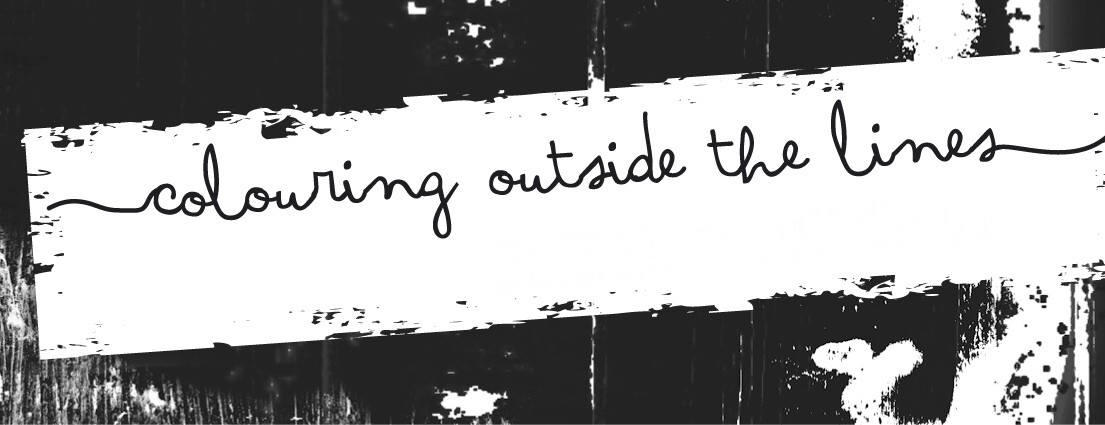





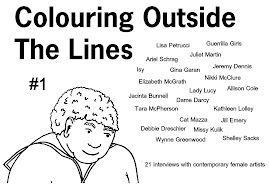
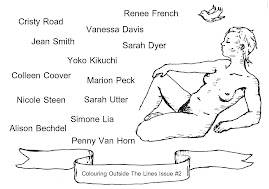

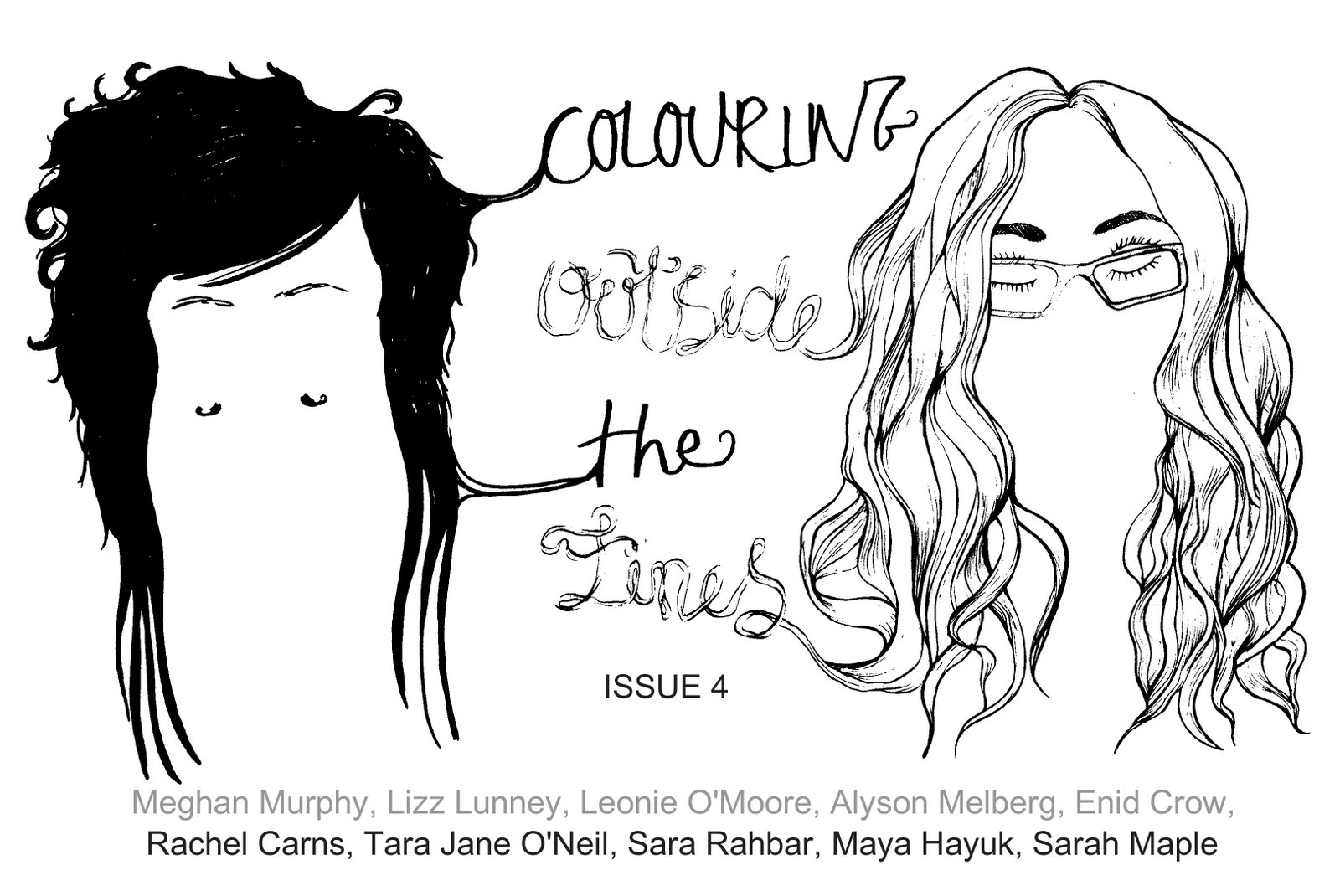

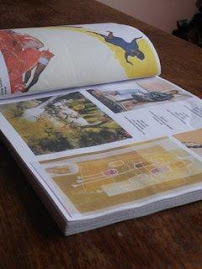



No comments:
Post a Comment